Tesla Powerwall 3 Rebate Now Available - Combine with Federal Subsidy Today
Tesla Powerwall 3 Rebate Now Available - Combine with Federal Subsidy Today
Posted 20 Aug
Solar Hotspots Newcastle & Hunter
For homeowners that own solar power, it is important to ensure that your solar system is working at full capacity, and overtime your system will endure storms, weather events, debris, and dirt which can affect your solar power production.
Whilst solar panels are designed for durability, there’s an invisible killer that might be negatively affecting your solar energy production
without you even knowing.
In addition to obvious signs of solar panel damage like cracked glass or dinted frames, there’s an invisible sign of damage called a solar panel hot spot.
A solar hot spot is a spot of concentrated heating of an individual solar cell, which can be caused by partial shading, debris, dirt, hail, aging, or manufacturer defects of internal components.
Older and cheaper systems are mostly affected as they are more susceptible to degradation and imperfections that will negatively impact the entire solar generation performance.
Each solar (PV) panel is made up of a series of solar cells, connected in a chain that individually generate voltage from sun exposure through the photovoltaic process. The overall panel's performance can be affected if chains are compromised by a hotspot.
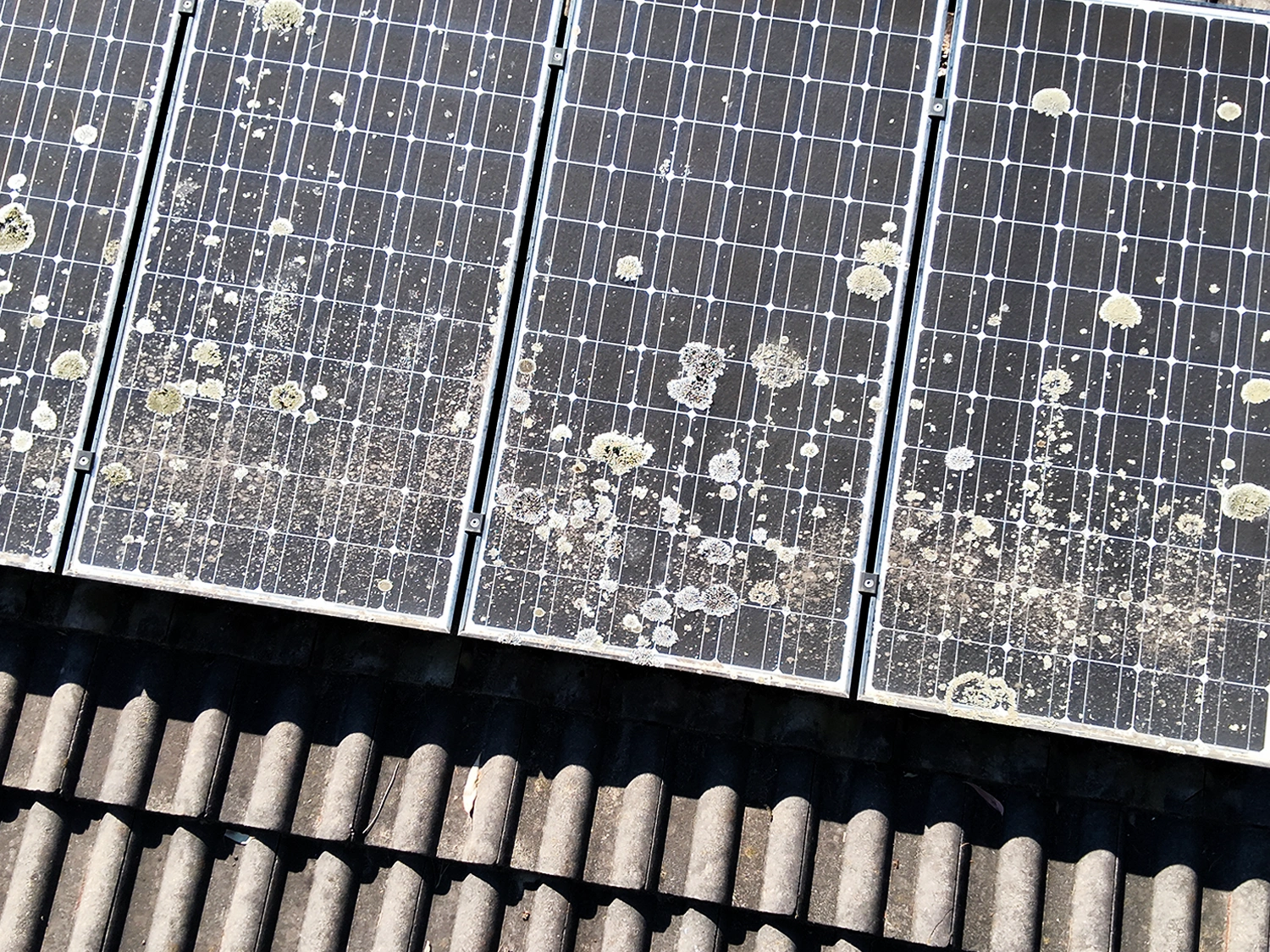
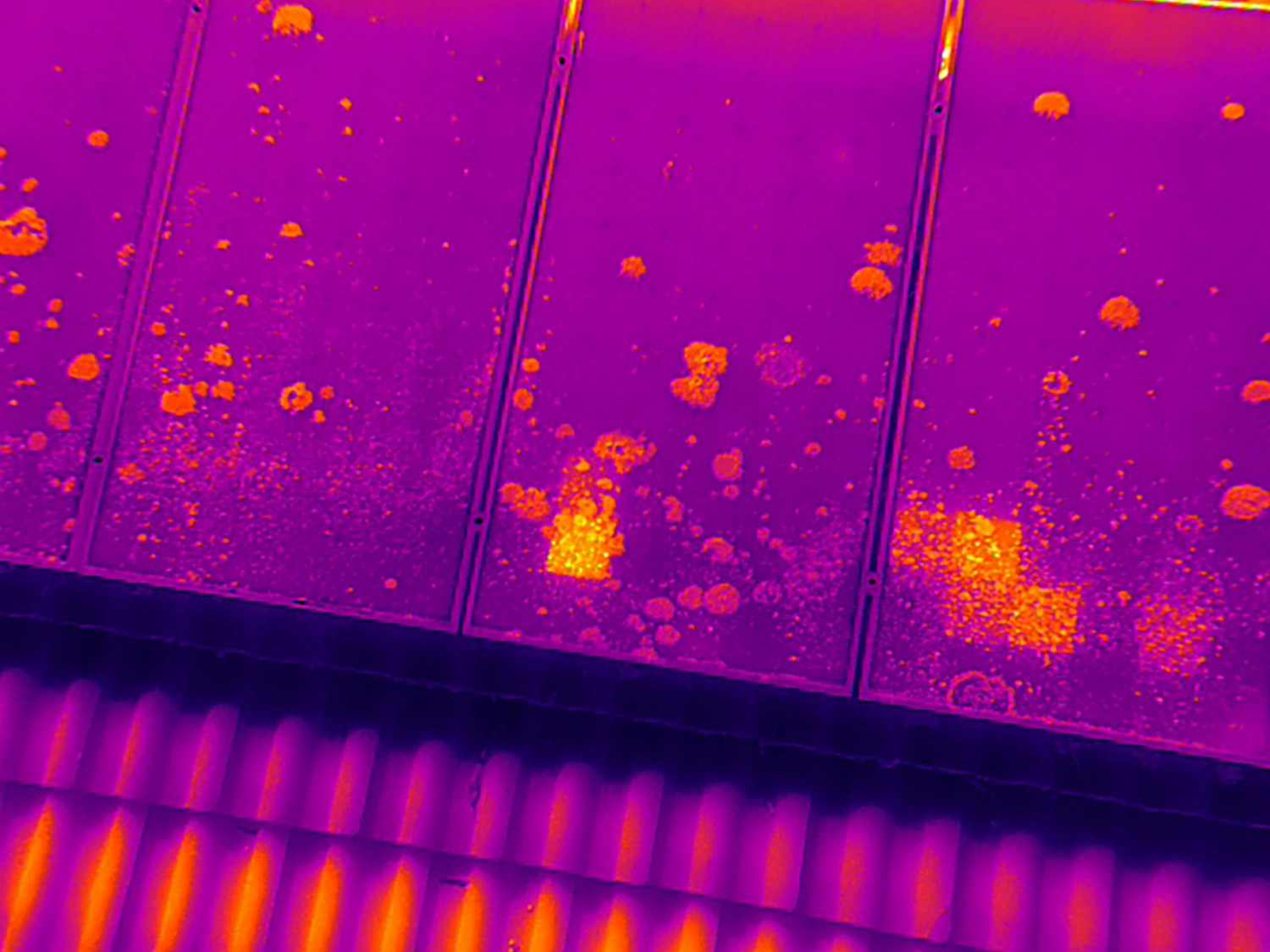
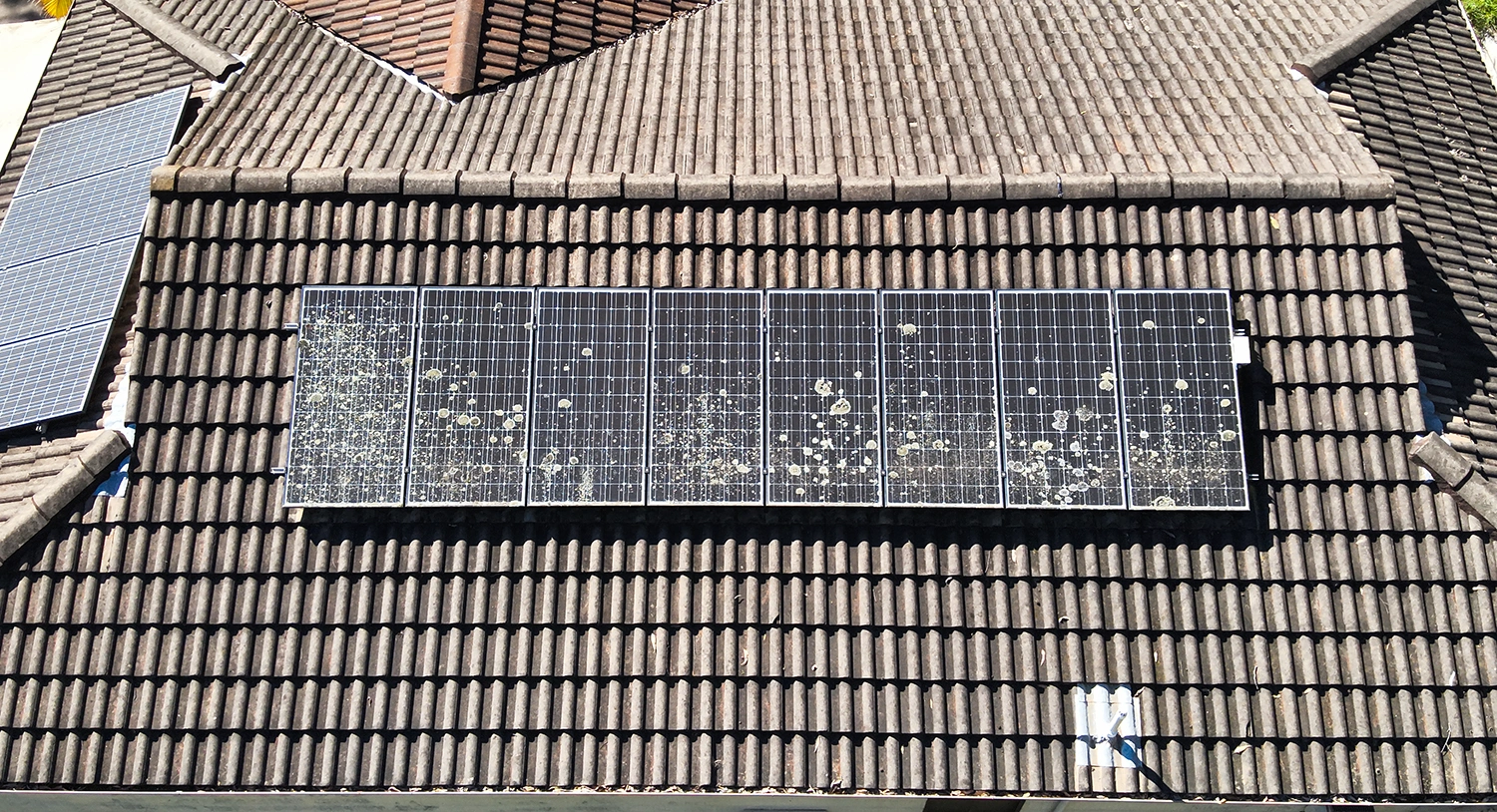
Hotspots can be caused by a variety of reasons, from panel aging, harsh weather conditions, defects, and other compromising events.
When a solar photovoltaic (PV) cell is faulty or shaded by a tree, chimney or other obstruction, it produces less current than the other cells and is made to transfer the same current as the other cells. Because the shaded cells can’t generate the same energy output, it essentially becomes a resistor and dissipates heat, creating a hot spot.
Whilst some hotspots are minor, more extreme hotspots will greatly reduce your system performance, and can be a serious safety issue and should be checked by a professional immediately.
It's also important to note that new solar panels consist of modern technology to avoid hotspots, and quality solar installers will design and install systems to avoid shading as best as possible. Partial shading can also be more damaging to solar systems than full shade coverage.
When part of a solar panel is shaded from obstructions like trees, other buildings, or even a little dirt, it creates an imbalance in the
panel’s cells.
The shaded cells produce less current and create a mismatch that results in heat build-up and hotspots.
With Australia’s harsh weather like intense sunlight and heat in summer and storms with hail, panels can be weakened by thermal and degradation stress, causing microcracks and protective layers. Current flow through these areas can cause heat accumulation.
Solar panels degrade over time with elements like UV, temperature cycles, and weather that can weaken the panel and its cells. Older panels or low-quality panels are more susceptible to minor internal defects which can result in hotspots throughout the panel.
Lower quality solar panels will have higher risk of manufacturer defects like soldering and connections that which could cause issues and worsen overtime. Connection issues with each cell can cause hotspots which will impact your solar system generation.
In addition to energy loss, there are additional ways that hot spots can cause damage to solar panels, including thermal expansion and stress due the constant heating and cooling, microcracks, panel delamination, or even burns and fires in extreme cases.
Solar panel hotspots can also cause internal damage to wiring and connector components which could further increase safety issues dramatically, especially if the panel bypass diodes are compromised.
Hotspots that are not taken care of can lead to greatly reduced performance and longevity.

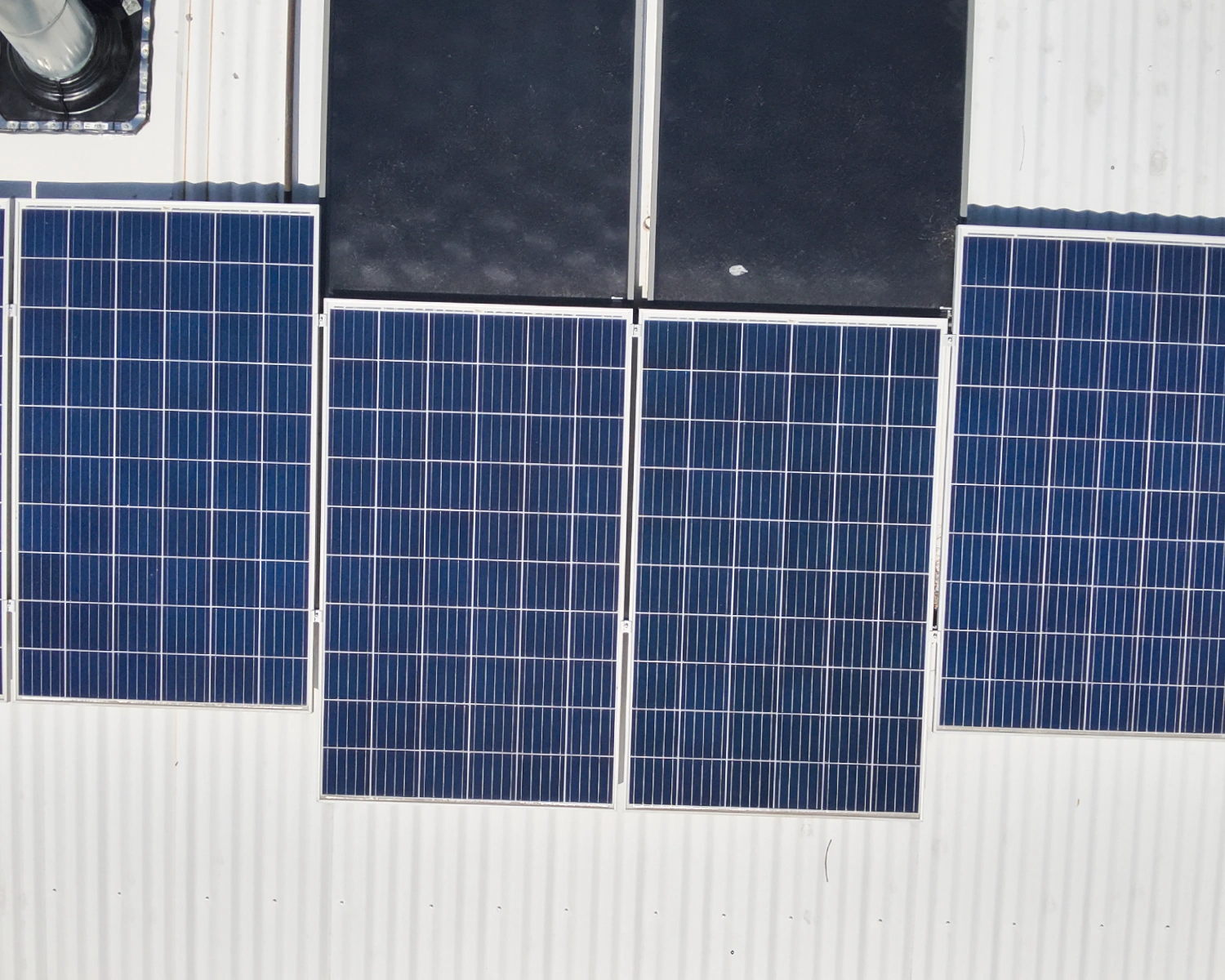
.webp)
To avoid and minimise the risk of getting hotspots on your solar panels, we highly recommend investing in high-quality solar panels and installer to ensure your system is designed for longevity and durability. Here are ways to avoid and minimise hotspot risk:
Choose quality panels: Solar panels of high-quality ensures your system is ready for longevity and is durable to withstand Australian conditions. It also confirms that internal components are free of imperfections that could eventuate into issues.
Invest in a Reputable Installer: Good-quality solar installers will install systems to Australian and manufacturer standards to maintain that your system be covered under warranty and that your system will be safely designed and installed to be long-lasting.
Monitoring & Maintenance: By regularly monitoring your solar system performance, you’ll be able to identify when your system is under-performing due to system-related issues. You can also book in a solar health check to get a thermal analysis of your system to search for hotspots.
A solar system string that had possibly been impacted by a sort of shorting event, mostly likely caused by exposure to moisture penetration. Panel and installation quality from this installer was low and not designed for longevity.
A ‘string’ in a solar panel is the section of cells that are connected in a chain. (Refer to the green line). Think of it like how Christmas lights are chained on along the same ‘string’.
These string accumulate voltage and contribute to the output of the panel. When a string/substring is obstructed, it can cause that string to underperform and reduce the output of your panel. This is where Bypass Diodes come in.
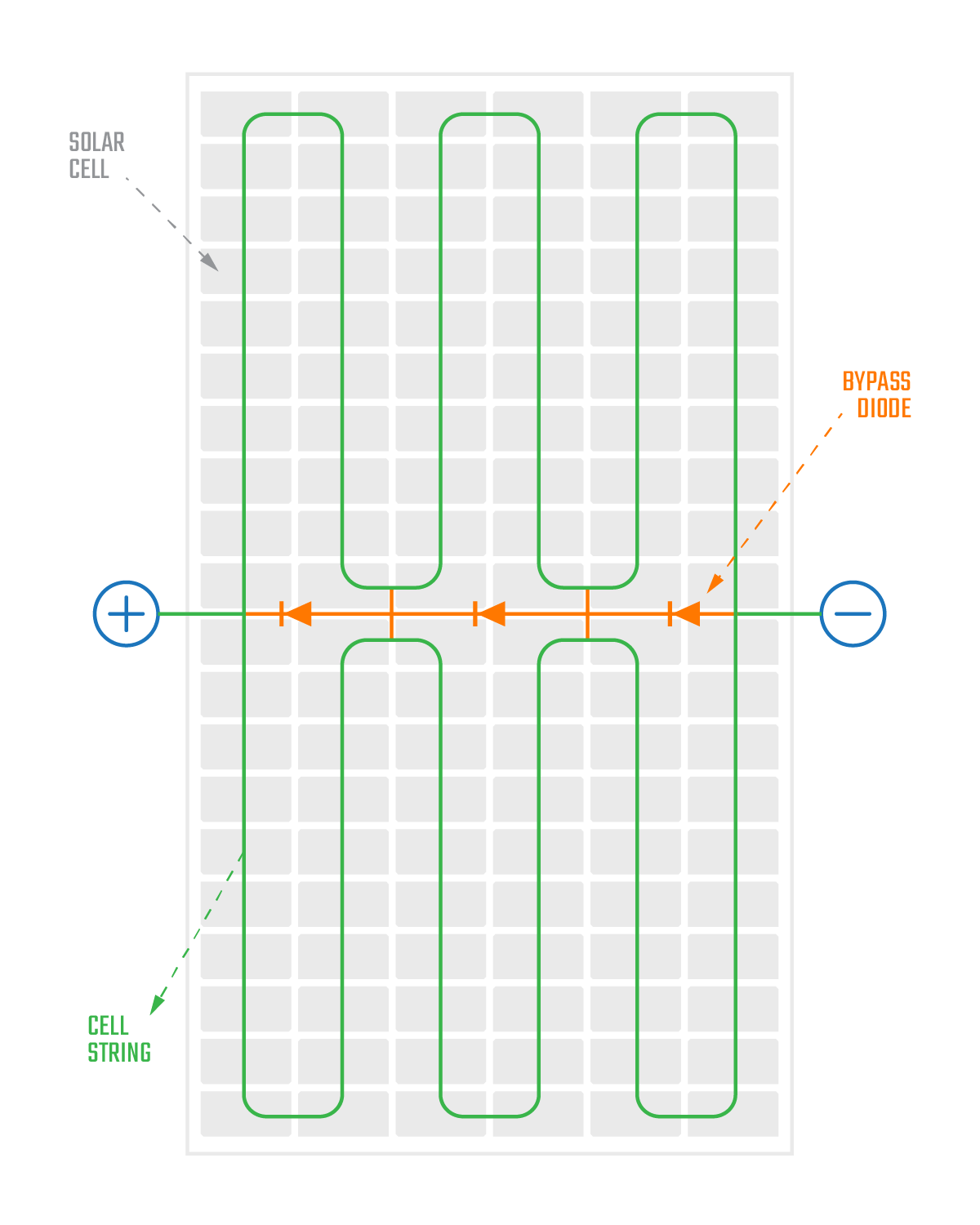
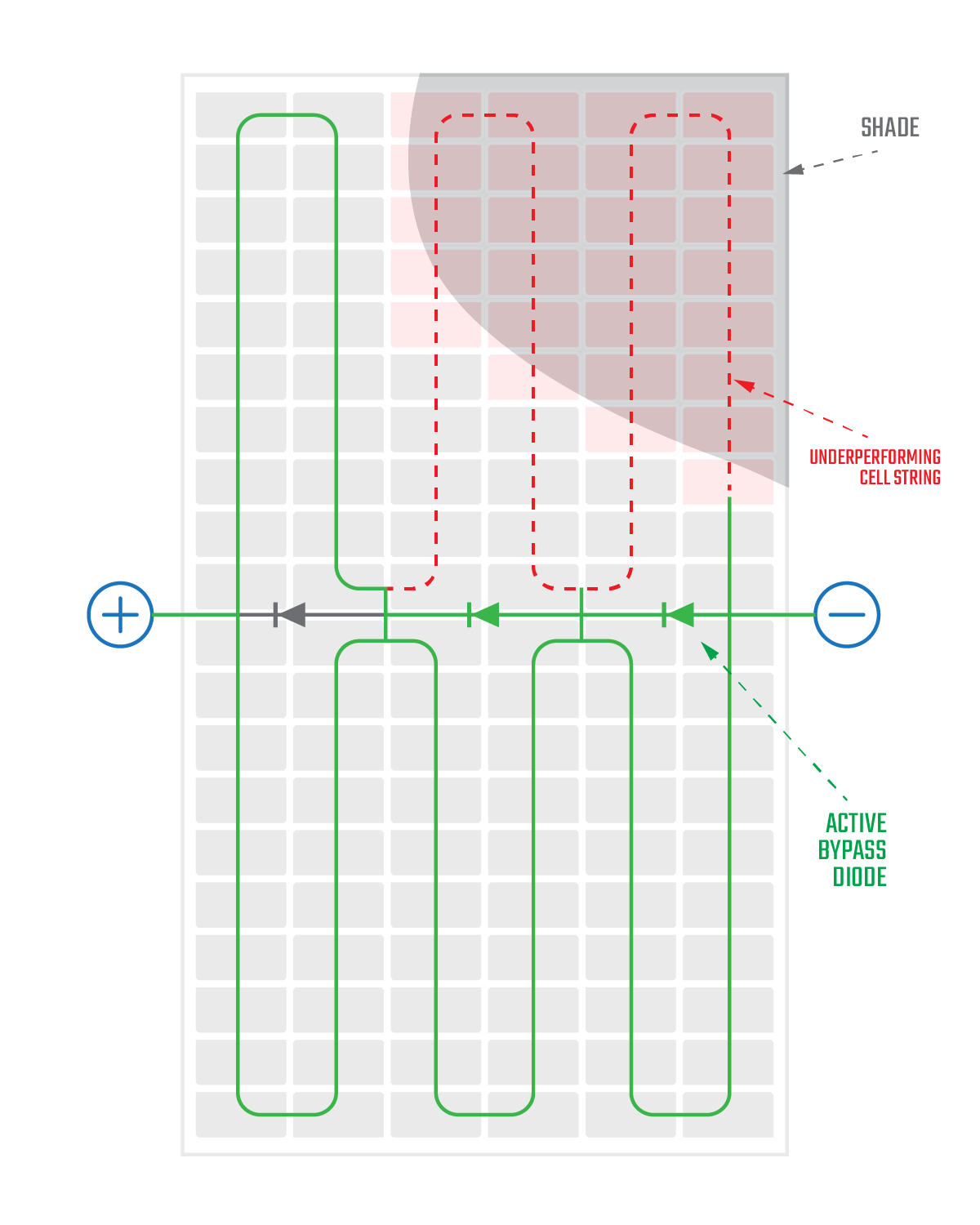
A bypass diode is essentially an alternative safety net route that current can flow through when a solar cell string is faulty or obstructed, so the panels can keep generating energy safely.
Depending on the panel, most modern solar panels have 3 bypass diodes to accommodate the panel’s number of cells. For example, these diagrams consist of 120 cells per panel, with 3 bypass diodes supporting 6 substrings of solar cells.
Each diode protects a substring where in the event of a shade cast, bird dropping, or string failure, the panel can alternatively flow the current through the diode to avoid hotspots, and in some cases extreme damage.
You’ll notice that when shading is casted onto the substrings, their performance is greatly reduced if not stopped. Every other unaffected string will flow its current through the diode to avoid any cells creating resistance and resulting in heat generation.
There are different panel setups where a substring may cover the whole column of cells, and others that are split into 2 halves to maximise production if sections are underperforming. In the diagram, we use half-cut panels which supports 6 substrings worth of generation where panels without bypass diodes will be more vulnerable to hotspots.
Diodes work by bridging an alternative route for the solar panel’s electrical current to flow through, and once the diode hits a certain voltage, it automatically turns off and goes back to the panel’s default operation.
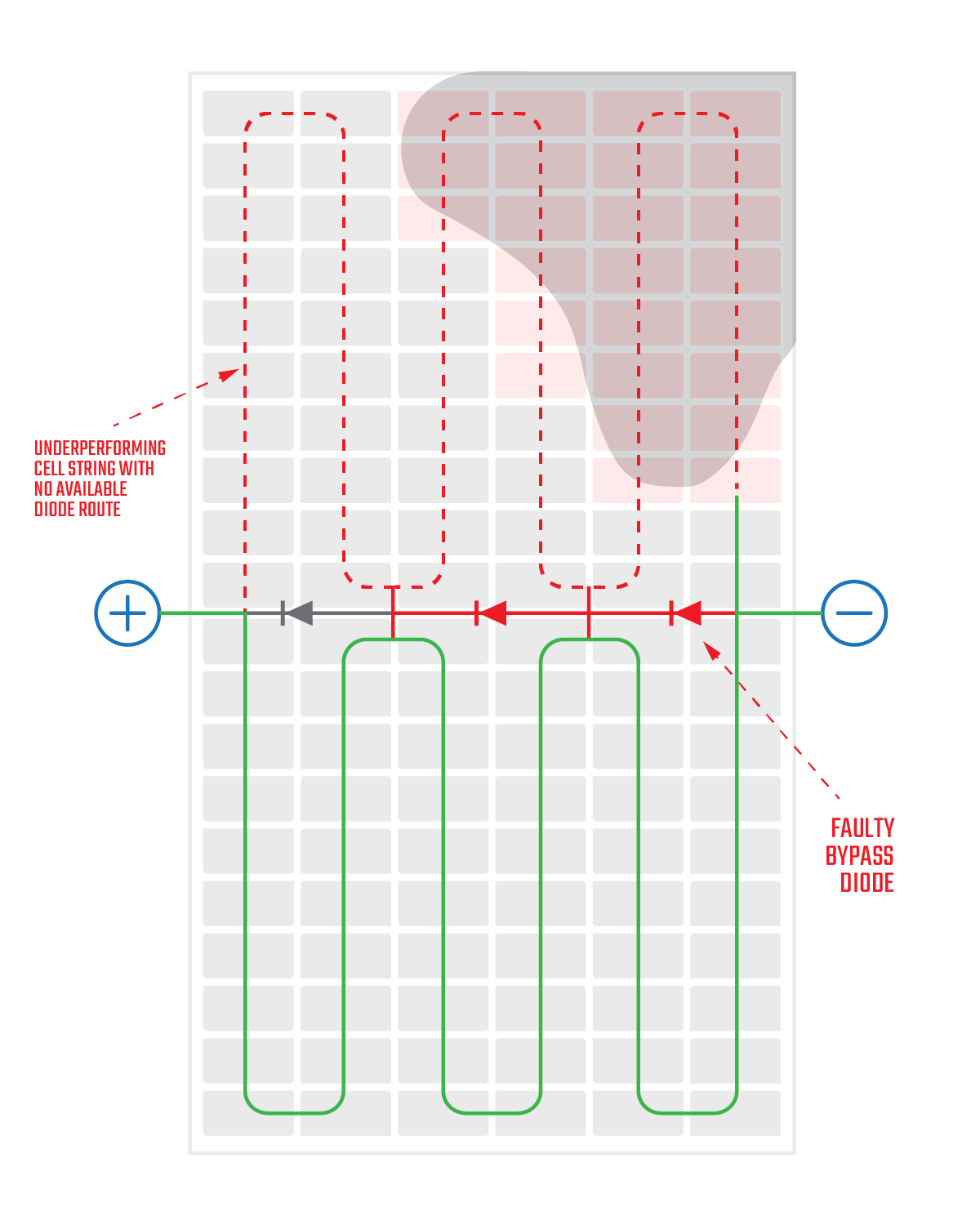
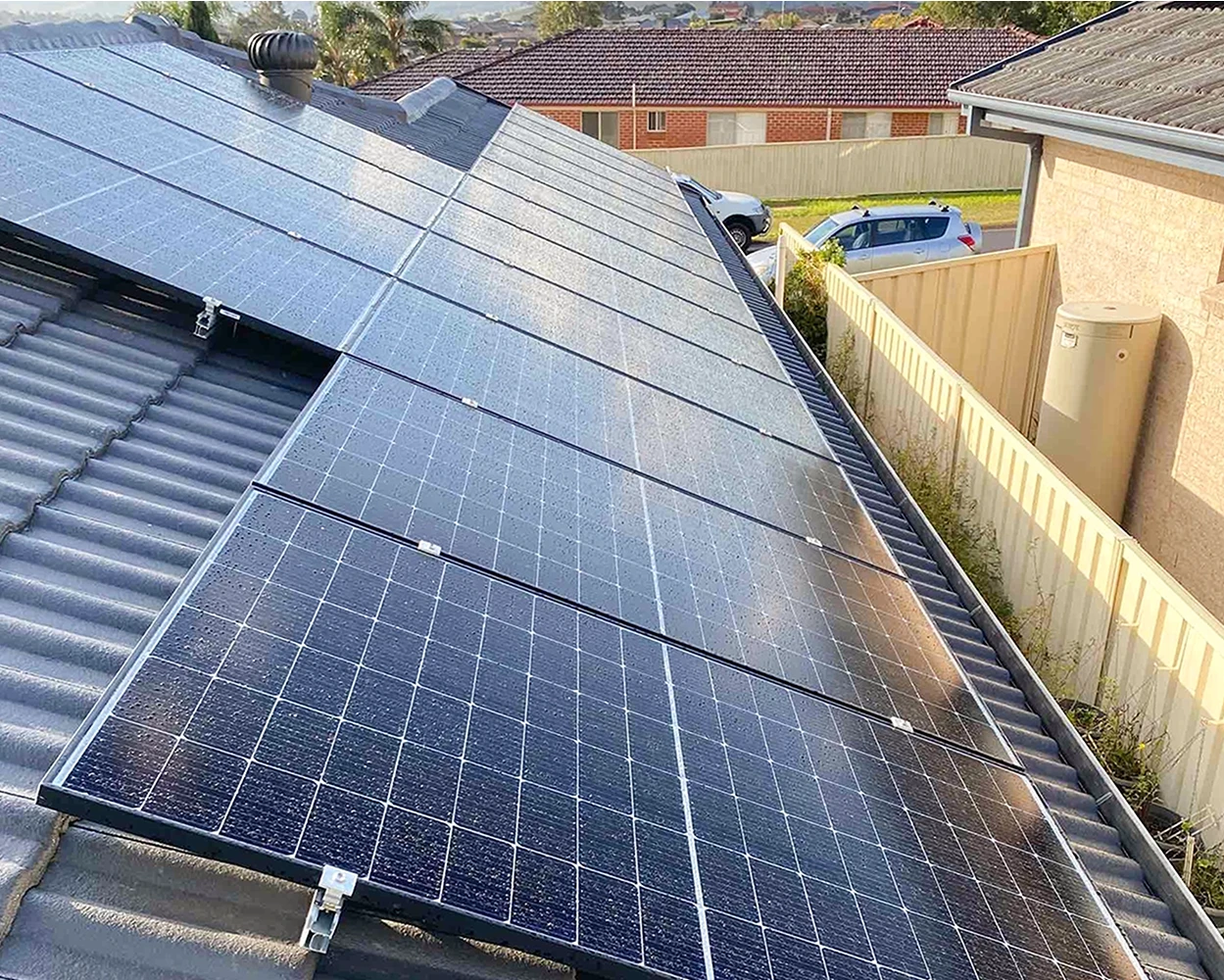
Depending on what is causing your solar panel to have hotspots, you may or not be able to fix them.
If your panel simply has bird droppings on the surface, it could cause a hotspot but is easily fixed with a quick clean. If your panel has hotspots due to internal imperfections or other uncontrollable events, there unfortunately isn't a recommended way to fix the hotspots and most usually just opt for a solar panel replacement.
Depending on the age of your system, your panels might not be CEC-approved or manufactured anymore, which may mean you’ll need to either deal with reduced performance or replace your entire system. Sometimes a hotspot doesn’t directly reflect the panels health as they may be in decent condition.
It’s generally better to avoid solar hotspots rather than try fix them.
To identify a solar hotspot, you can either book a health check, do a DIY thermal check, or analyse your production data and compare analytics.
Booking a solar health check: Depending on your local solar installer, they might provide solar health check services where they come out to your property to check your solar system for any issues. Elements like electrical health are checked, as well as visual inspections to ensure safety and compliance.
DIY Analysis: Another way you can identify solar panel hotspots is using your own thermal imaging to check the panels for any out-of-the-ordinary heat signatures. Here, you can also check for any dirt or debris and identify if the panels need cleaning. If you choose this route, we recommend doing so safely.
Performance Analysis: Another way to find if there are any obvious issues with your panels is to check your monitoring data and performance. Using this, you can compare yearly generation and determine if your system is underperforming.
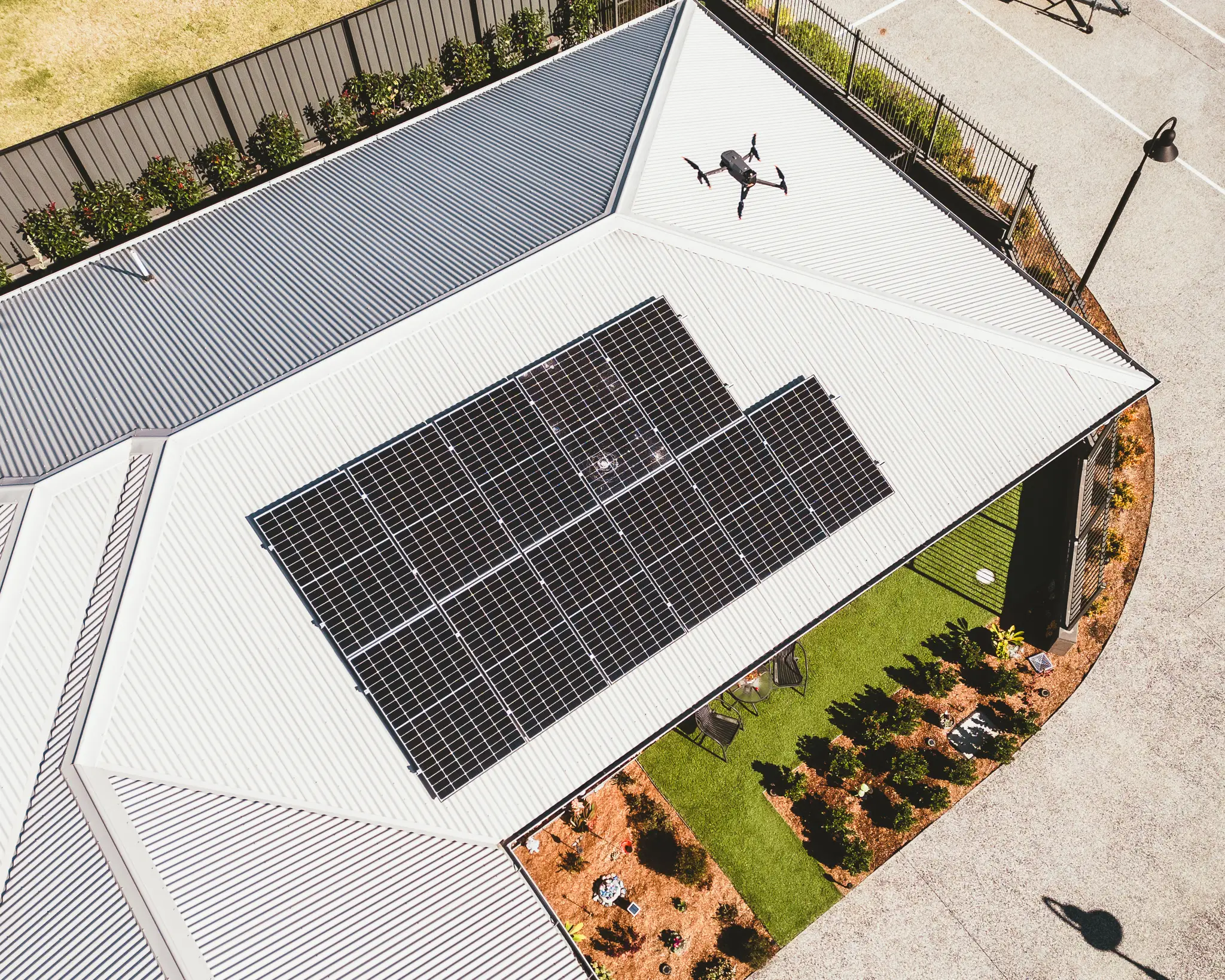
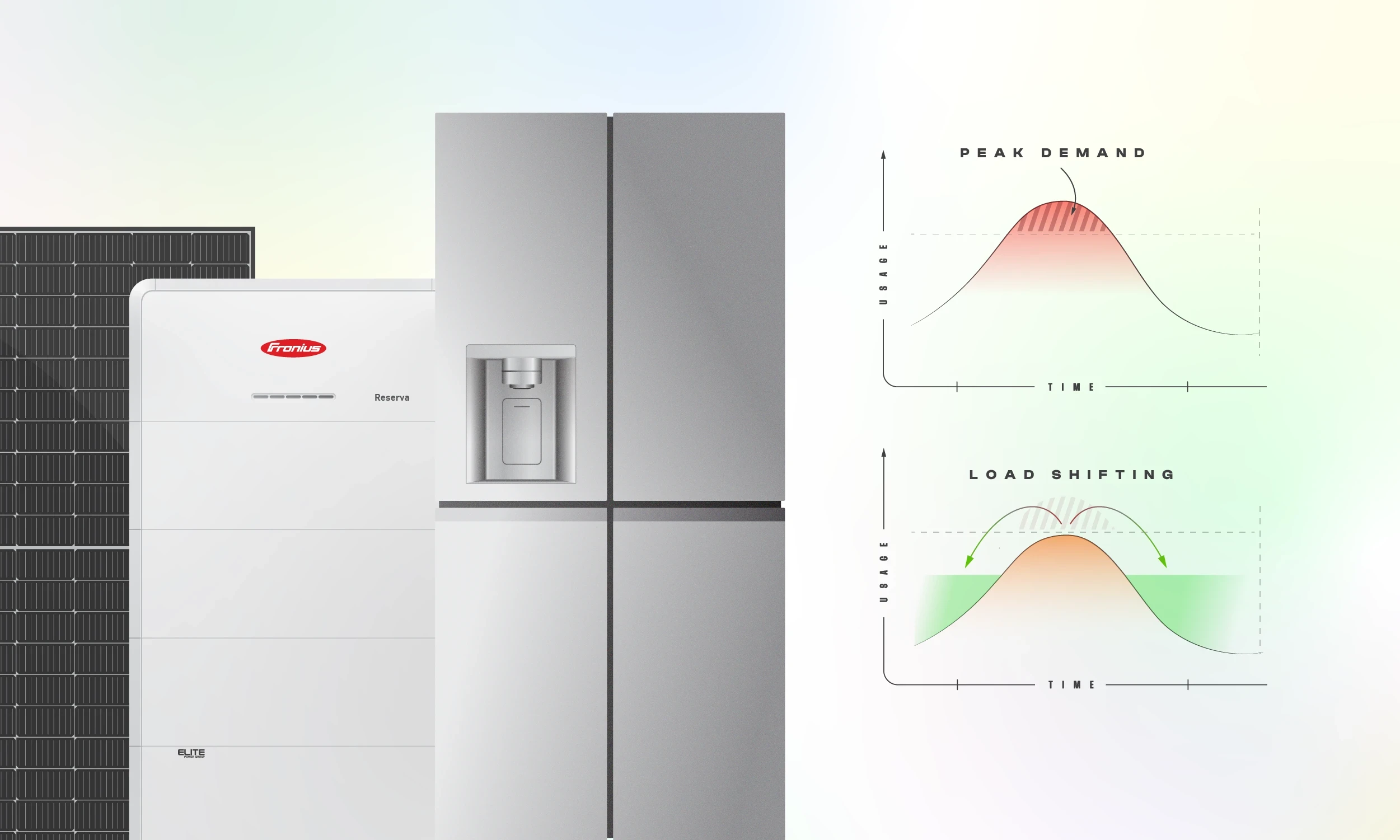
Explore the differences between peak shaving and load shifting and how it can maximise solar & battery, reduce your bills and grid reliance in Australia.
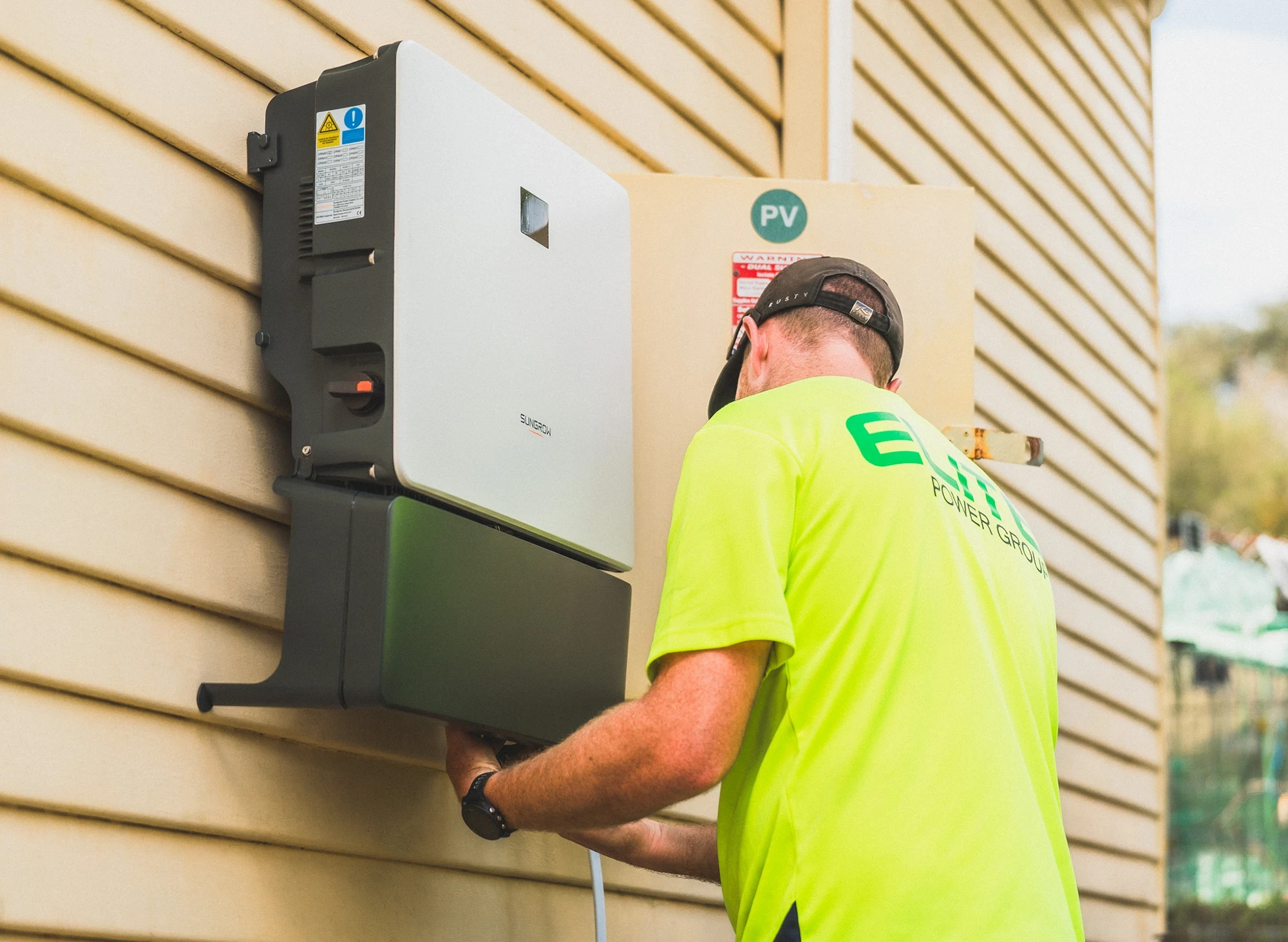
Explore the difference between solar inverter types like grid-tied, hybrid, microinverters, and off-grid inverters for solar and battery systems in Australia.
Renewable News Articles
Not only are we specialists in solar power, but we pride ourselves in being leading installers in battery
storage, as well as EV charging for homes and businesses. For solar and battery systems, we offer both on and off-grid solutions for a
range of applications.
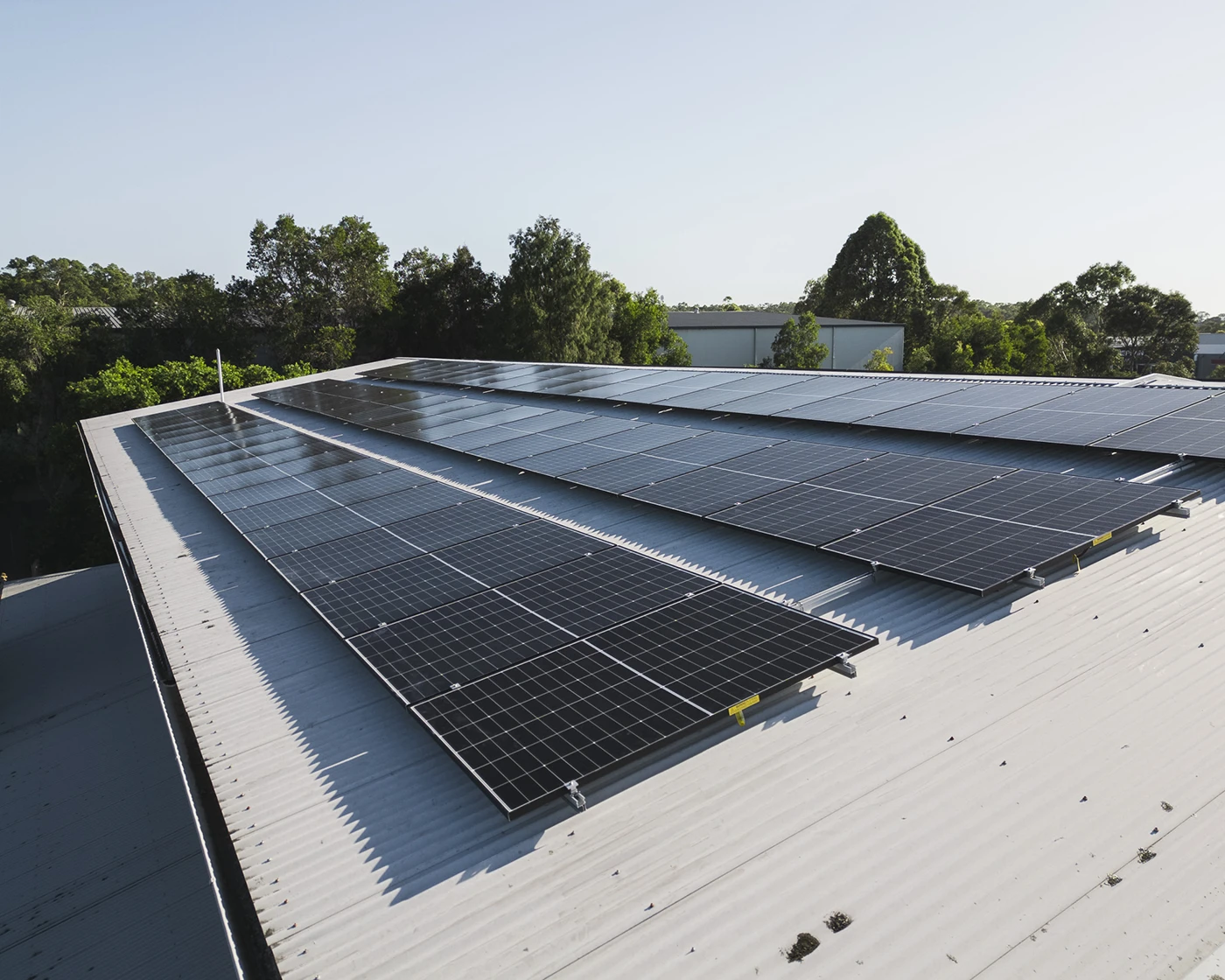
Newcastle's leading solar installers, providing long-lasting residential and commercial rooftop solar systems.
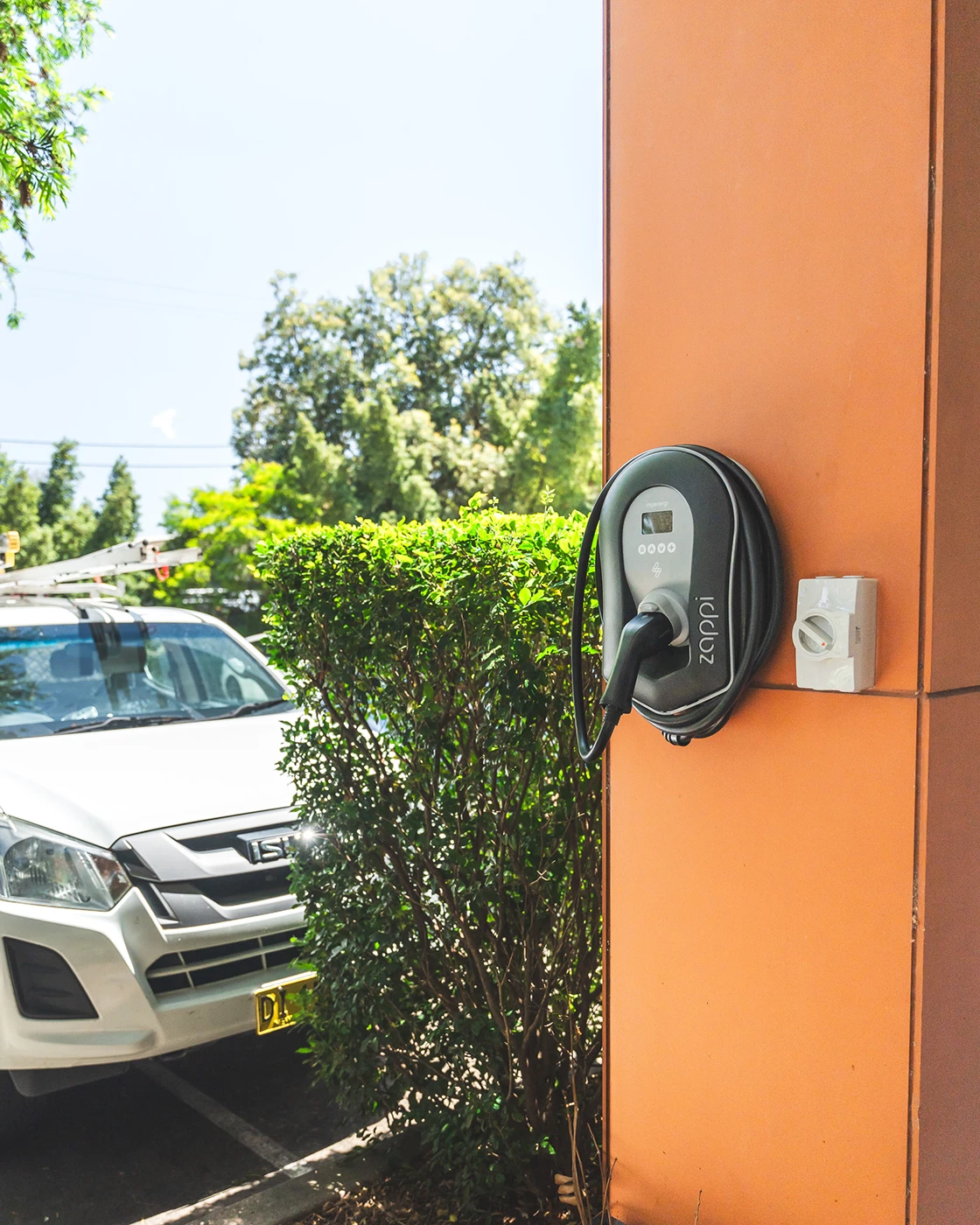
Experts in both residential and commercial electric vehicle charging station installations from 7kW - 360kW+.
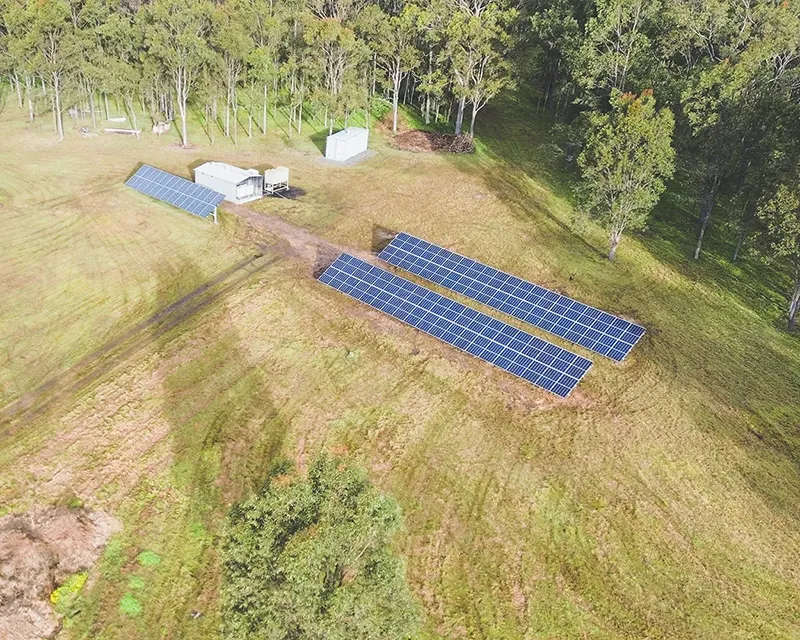
Specialists in off-grid solar and battery, helping properties never have to pay another electricity bill again.
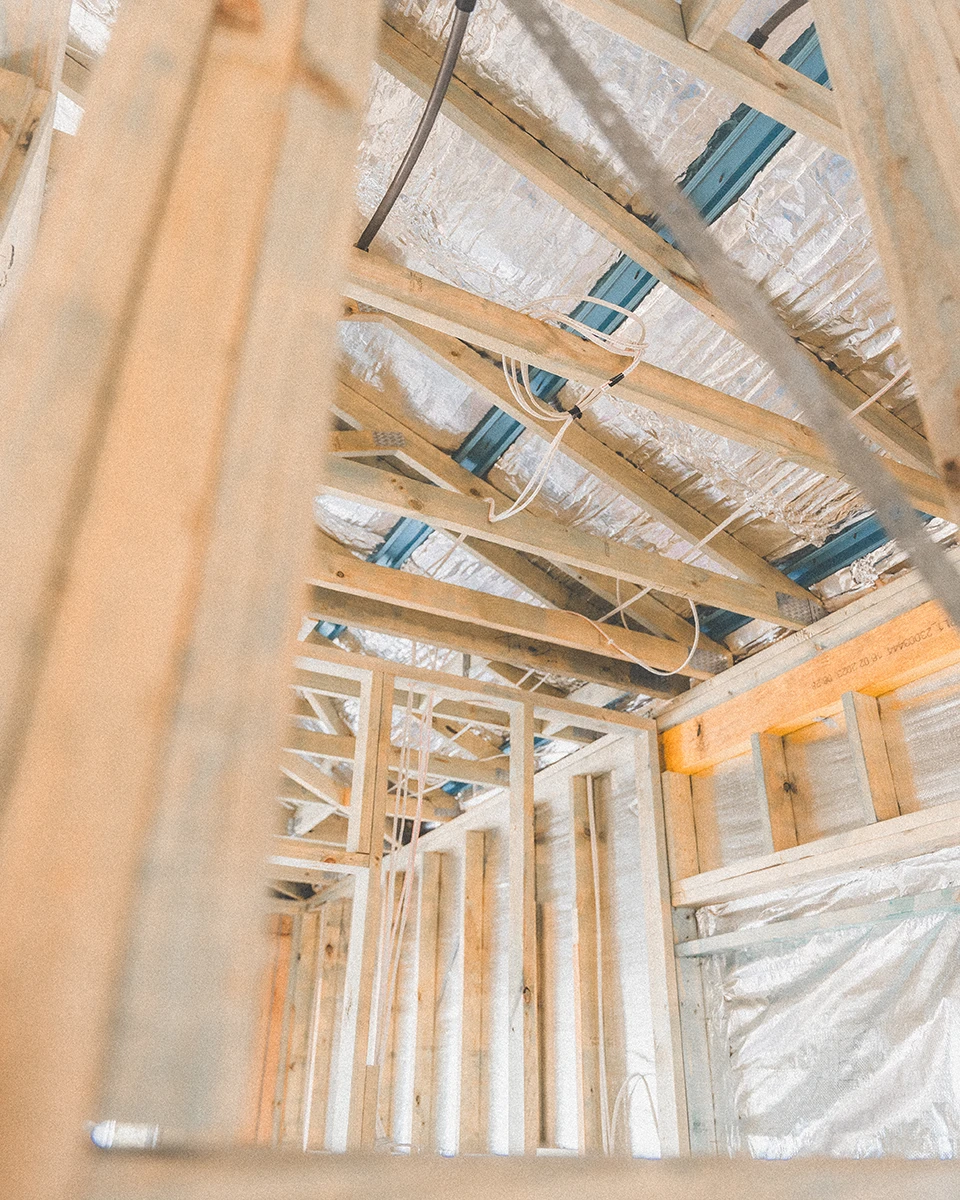
With decades of electrical and industry experience, our fully-qualified & licensed electricians are here to help.
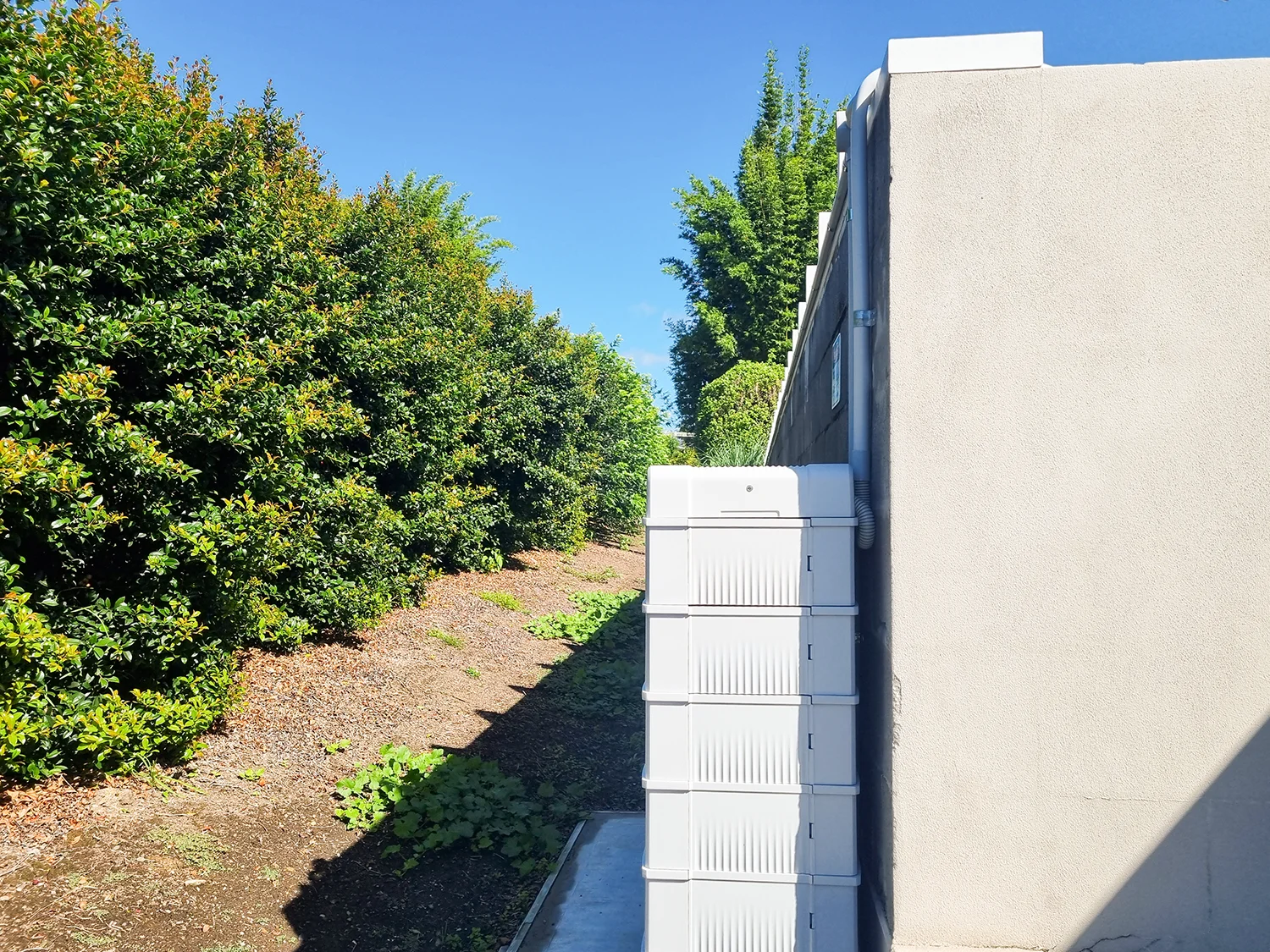
Maximise your solar generation with battery storage from reputable brands to accelerate return-on-investment.
Leave a Comment